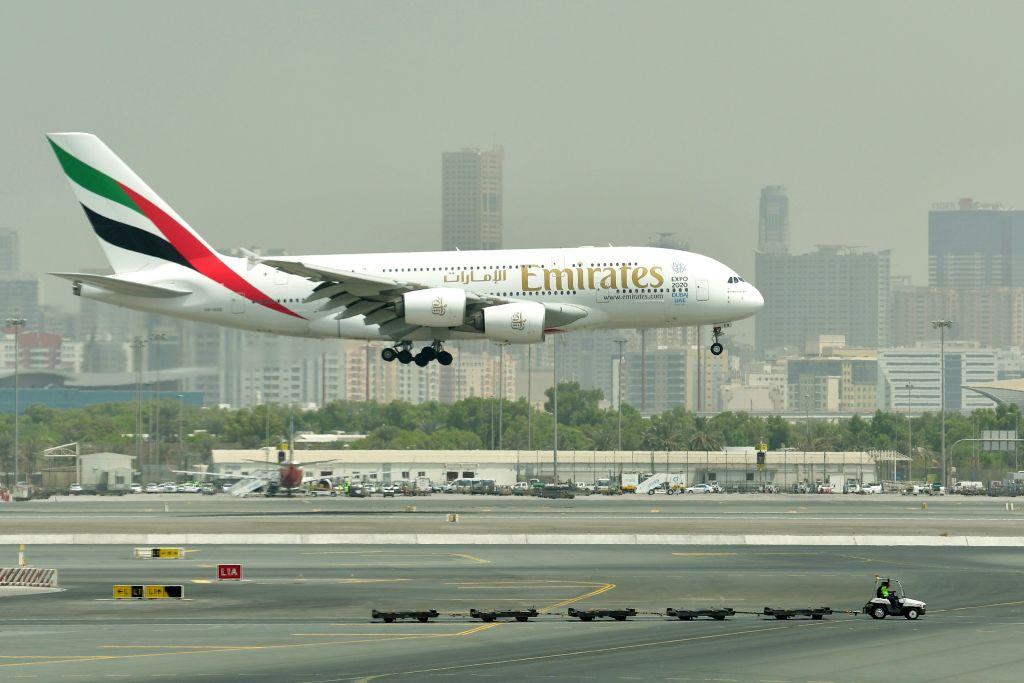
DUBAI—As the industry gathers in Dubai for the first major airshow since the pandemic struck in early 2020, most Arab airlines could be among the slowest to see traffic levels return to 2019 levels.
In a speech at the Arab Air Carriers’ Association (AACO) AGM in Doha, Qatar, days before the opening of Dubai Airshow 2021, AACO Secretary General Abdul Wahab Teffaha said the recovery could take between three and five years depending on how the world adapts to the “new normal”.
In its annual report, AACO lays out two recovery scenarios for Arab airlines. In the first, which assumes an economic recovery, better government support, steady COVID inoculation rates in major population centers and more harmonious travel restrictions, passenger numbers could be restored in 2024.
In a second, more pessimistic scenario, which factors in risks such as a new COVID spike, a slowdown in the economic recovery, a delay in inoculations, and governments reinstating travel restrictions, it could take until 2027 to restore traffic to 2019 levels.
“The recovery trend of global traffic is better than that of Arab airlines due to the recovery of domestic demand in major travel markets, mainly China and the United States,” the report notes.
The region, which depends heavily on travel and tourism, saw the market sector’s contribution in GDP drop from 14.4% to 5.4%. The number of jobs supported by travel and tourism also dropped by 18.5% to 272 million this year compared with 334 million in 2020.
AACO member airlines’ passenger traffic measured in RPKs and seat capacity measured in ASKs declined by 72% and 63.5%, respectively, in 2020 compared to 2019. In the first half of 2021, despite the decrease in COVID-19 cases and easing of border restrictions in some countries, AACO members’ passenger traffic dropped by 80% compared to the same period in 2019, reflecting weak passenger demand on international routes where travel health requirements remain.
IATA estimates that Arab carriers will post a collective loss of $6.8 billion this year and another loss of $4.6 billion in 2021.
Emirates Group announced its first-half results this week for the financial year 2021-22 ending Sept. 30. The company narrowed losses to AED5.7 billion ($1.6 billion) versus AED14.1 billion in the same period a year earlier, while Emirates Airline own losses were AED5.8 billion versus AED12.6 billion in 2020. Emirates, which depends almost entirely on international traffic through its Dubai hub, said it was seeing a quick return of passenger demand wherever flights and traffic restrictions are eased.
Not all airlines in the region are losing money, however. LCC Air Arabia announced its third quarter results Nov. 10 and posted a net profit of AED209 million ($152 million) for the three months ending Sept. 30—a more than fivefold increase compared to the same period last year. The company’s turnover for the third quarter of 2021 increased by 174% to AED804 million, compared to AED 294 million in 2020.
Air Arabia served over 1.9 million passengers in the quarter from its five hubs in the UAE, Morocco and Egypt—an increase of 190% compared to the same three-month period last year. The average seat load factor was 70%.
